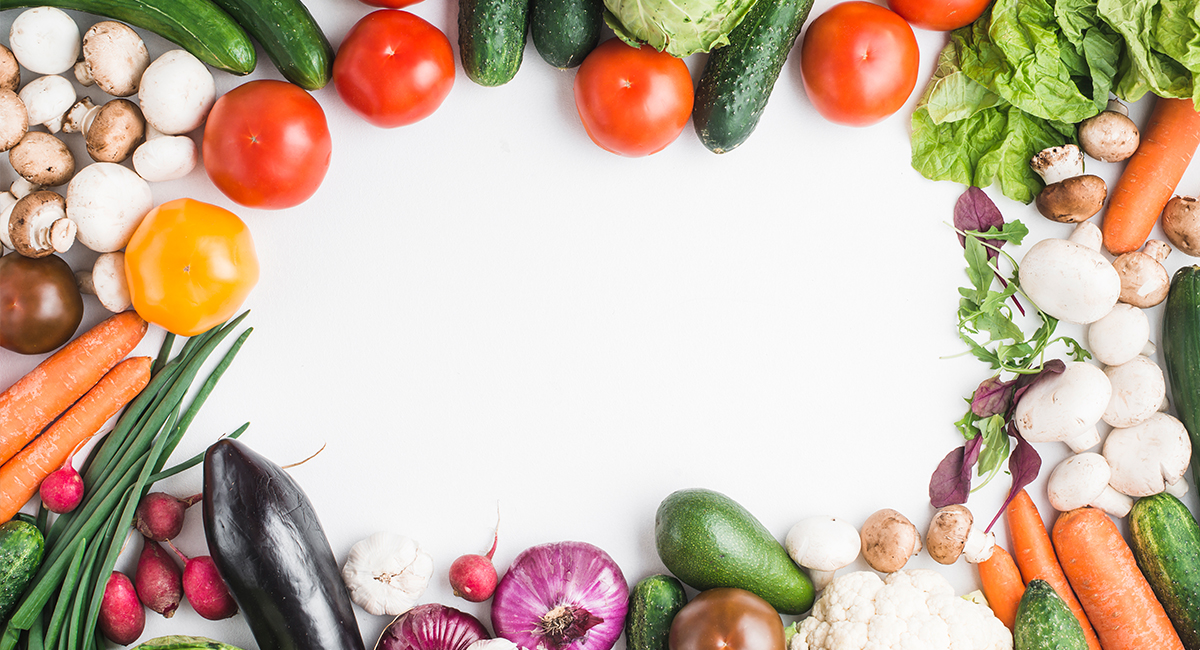Combination Microwaves - A best practice guide to cooking vegetables in the microwave
It goes without saying that microwave cookery is quicker than traditional methods, that is, after all one of the key reasons for the microwave’s popularity. Yet some people still harbour doubts about whether the food that they prepare in microwaves is as healthy as they would like it to be...

A large part of that lingering doubt might lie in the reputations of convenience food and microwave meals. They are of course a matter of personal choice, however, if they form a large part of anyone’s diet then, of course, that may well be grounds for concern.
But what about the fresh food we cook, because the modern day combination microwave can do that perfectly, maybe even quicker than a traditional pan and hob and certainly with a lot less fuss...
But is it healthier, is it more beneficial, is it a good idea to cook food such as vegetables in our combination microwave and how do we do it?

To explore those questions, we first need to have a look at how microwaves work in comparison to conventional ovens and cookers; they don’t work by direct heat. They use something else; they use energy waves of a very short wavelength. Those waves pass through the food, causing it to vibrate at a molecular level and the resulting friction causing a release of thermal energy, a bit like rubbing your hands together, to warm them on a chilly day. It is safe and highly effective but does our food stay nutrient rich?
Nutrients, vitamins and minerals in our vegetables tend not to like the cooking process, whether that is performed by a microwave, a pan of boiling water or an oven, from the minute our food starts to heat up, precious vitamins such as vitamin C will start to break down over time, cook them for too long and the goodness is gone...
It is here that microwaves have a major advantage; the food we cook takes less time, and less time means more goodness is retained.


If we boiled the same vegetables in water, then the cooking process would be longer, and the vitamins and minerals would leave the vegetables then enter the water, you could mitigate that by saving the nutrient-rich water (or stock) and using it for things like soups or sauces.
Or...you could just cook your vegetables in your combination microwave to keep those vitamins and minerals exactly where you want them; in your food, then inside of you.
The best news of all is that Panasonic has a range of combination microwaves that are ideal for cooking the healthy food we need and cooking it perfectly with the help of their groundbreaking inverter technology.
With conventional microwave cooking, the power levels are constantly turning on and off, with the Panasonic inverter that power is even and constant, reducing cooking times up to a staggering 40%, nutrients are preserved and the food is cooked exactly the way you want it, never more or less.
The advantage of models such as the Panasonic NN-CT56, NN-CD58 and the NN-CT55 combination microwaves is that they all come with our innovative inverter technology. They also grill and roast, and boast an impressive array of programs for all your health needs, all in a sleek slimline and compact design.
Using them to cook food fast, healthily and perfectly is incredibly simple. In the case of vegetables it literally couldn’t be easier, simply microwave for the desired time, with the absolute minimum of water. This allows the vegetables to steam cook from the inside out, in a fraction of the time, it would take to boil away all those vitamins and minerals in a conventional pan of water.





